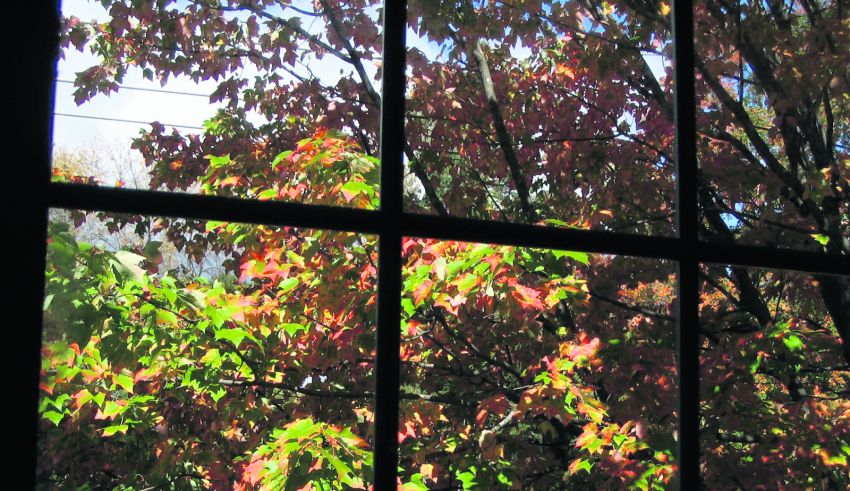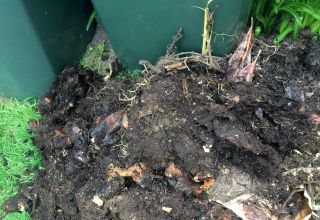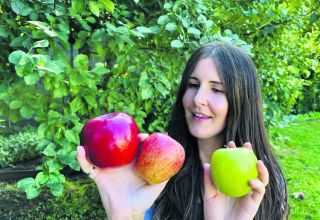
Mark Hinsley considers the importance of trees that you see from your window and the importance of the shade they offer.
The trees known to be the most important to how people feel about themselves and their home are the ones on their skyline.
At a time when we have been surrounded with gloom and isolation for months take a moment to consider just how important to you, if you have one, is the tree that you can see from your window.
Look out from your home, spot the trees on your horizon and imagine them not there – how does it look?
As we were swamped with statistics about death and fear did you see the trees coming to life with flowers and new growth in the spring?
Did it reassure you that life goes on after all?
The trees known to be the most important to how people feel about themselves and their home are the ones on their skyline. These are the trees that prevent your locality from being a concrete jungle, the trees that, subconsciously, make the one time hairy forest dweller that you are feel at home, the trees that allow you to say that you live in a ‘nice’ area.
Unfortunately, the tree that is closest to you, in your garden or immediately next door doesn’t have the same effect, partly because most of the time you are looking out past it.
This is also the tree that shades your garden and fills it with leaves, debris, dead sticks and presents from the pigeons. Many people still value their own tree for what it is and does, others (you know who you are!) do not.
Local planning authorities have reported a significant upsurge during the lockdown of applications for works to protected trees, probably because people have been spending more time in their own gardens.
So, I want to look at a benefit of the tree in your garden that is frequently undervalued – shade.
We have all heard of ultraviolet radiation, but what do we know about it?
I didn’t know much so I looked it up. I found a paper presented by Samantha Jakuboski that I thought explained things very well.
Ultraviolet (UV) radiation is so harmful to our heath that the World Health Organization declared it a carcinogen, especially of the skin. Depending on the wavelength of the UV radiation emitted, it can be classified as UVA, UVB, or UVC radiation.
UVA radiation is responsible for aging, skin cancer, and wrinkles. Since the ozone layer barely absorbs it, UVA radiation accounts for 95% of the UV radiation that hits the Earth.
UVB radiation makes up the remaining 5%. UVB radiation is responsible for the production of vitamin D in our bodies, but overexposure to this radiation causes skin cancer, sunburns, and even cataracts. In recent years, due to ozone layer depletion, more UVB rays have been reaching the Earth, and such increases are correlated with an increase in skin cancer.
Lastly, UVC radiation, is blocked almost completely by the ozone layer.
Time of year is an obvious one for concentrations of UV radiation, but time of day is also important – When the sun is high in the sky between 11am and 1pm, the distance the UV radiation has to travel to reach the Earth is the shortest for that day, and so, the UV radiation is the strongest. In fact, almost one third of the UV radiation that hits the Earth in a day occurs during these two hours.
So let the mad dogs go out in the midday sun while you sit in the shade of your tree – if you haven’t already cut all the branches off – it just might save your life and a fortune in anti-wrinkle cream!
Mark Hinsley is from Arboriculture Consultants Ltd www.treeadvice .info











